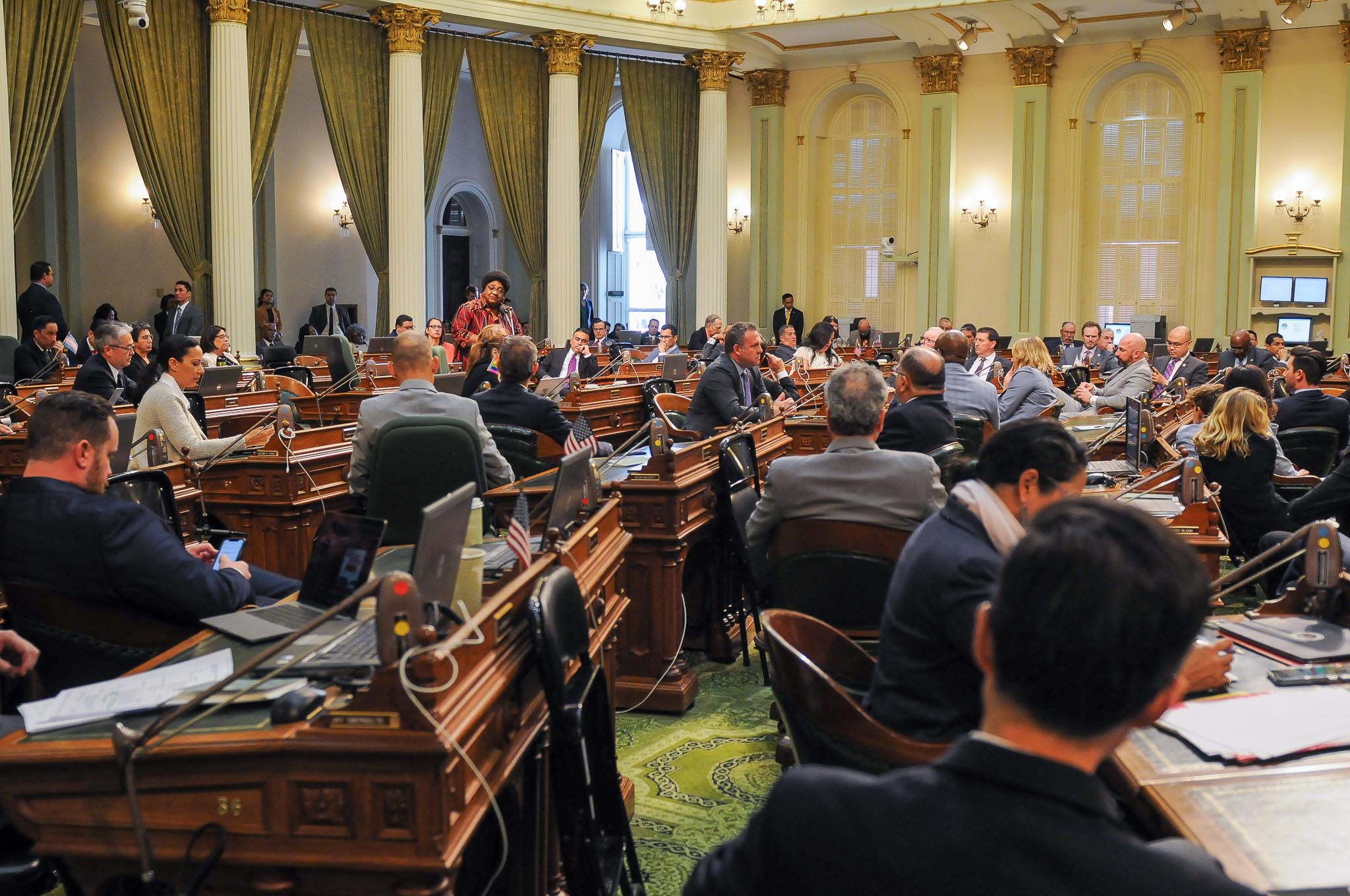
California State Capitol. (Photo: Kevin Sanders for California Globe)
Drafting Definitions in California Statutes
The definitions are also contained in a single code section
By Chris Micheli, July 13, 2022 7:27 am
An important part of any statute is the section on definitions. Of course, definitions are used to explain what a particular word or phrase that is used in the statute means. Bill drafters always try to ensure that there is consistency in the use of particular words and phrases. However, in some instances, specific definitions are provided and used only in that particular statutory scheme.
In drafting definitions, legislative lawyers ask a number of questions, including: Should the definitions be contained individual code sections? Or, should the definitions be contained in subdivisions of a single code section? Is there an existing definition in another statute to utilize? Should the definition cross-reference another code section containing a definition? Does the definition need to be modified for this particular statutory scheme?
The following are some examples of how these questions are addressed in current legislation before the California Legislature:
(b) For purposes of this section, the following terms have the following meanings:
(1) “Ammunition” means the term as defined in subdivisions (a) and (b) of Section 16150 of the Penal Code.
(2) “Firearm” means the term as defined in subdivisions (a) and (b) of Section 16520 of the Penal Code.
In the above example, the definitions are contained in a single code section with each individual subdivision containing each defined term. The definitions cross-reference an existing definition for those terms. And, the section uses the introductory phrase: “the following terms have the following meanings.”
(c) For purposes of this section:
(1) “Development fee” has the same meaning as defined in subdivision (b) of Section 66000.
(2) “Large jurisdiction” has the same meaning as defined in subdivision (d) of Section 53559.1 of the Health and Safety Code.
In the above example, the definitions are also contained in a single code section with each individual subdivision containing a defined term. The language used differs slightly from the first example because the phrase “has the same meaning as defined in” is used in this example. And, the section uses a different introductory phrase: “For purposes of this section:”
Section 6150. “Natural and working lands-based carbon sequestration” means sustainable resource management practices, changes in land use, preservation of natural resources, fuel reduction or prescribed fire activities, and other practices that result in the long-term removal, capture, or sequestration of carbon dioxide from the atmosphere to slow or reverse atmospheric carbon dioxide pollution and to mitigate or reverse global warming.
Section 6151. “Natural lands” has the same meaning as in paragraph (2) of subdivision (d) of Section 9001.5 of the Public Resources Code.
Section 6152. “Whole orchard recycling” means the onsite grinding or chipping of whole trees during orchard removal, and incorporation of the ground or chipped biomass into the topsoil prior to replanting.
In the above example, the definitions are contained in separate code sections, rather than in subdivisions under the same code section. The definitions include both full definitions, as well as one cross-referencing an existing code section using the same term.
As the above examples indicate, there is not a single method of defining terms in California statutes. Bill drafters should be familiar with different approaches that can be used.
- Legislative Policy on Bay Area Pilotage - July 26, 2025
- Small Craft Harbors and Waterways in California - July 25, 2025
- Disability of Parties in Civil Actions - July 24, 2025








One thought on “Drafting Definitions in California Statutes”